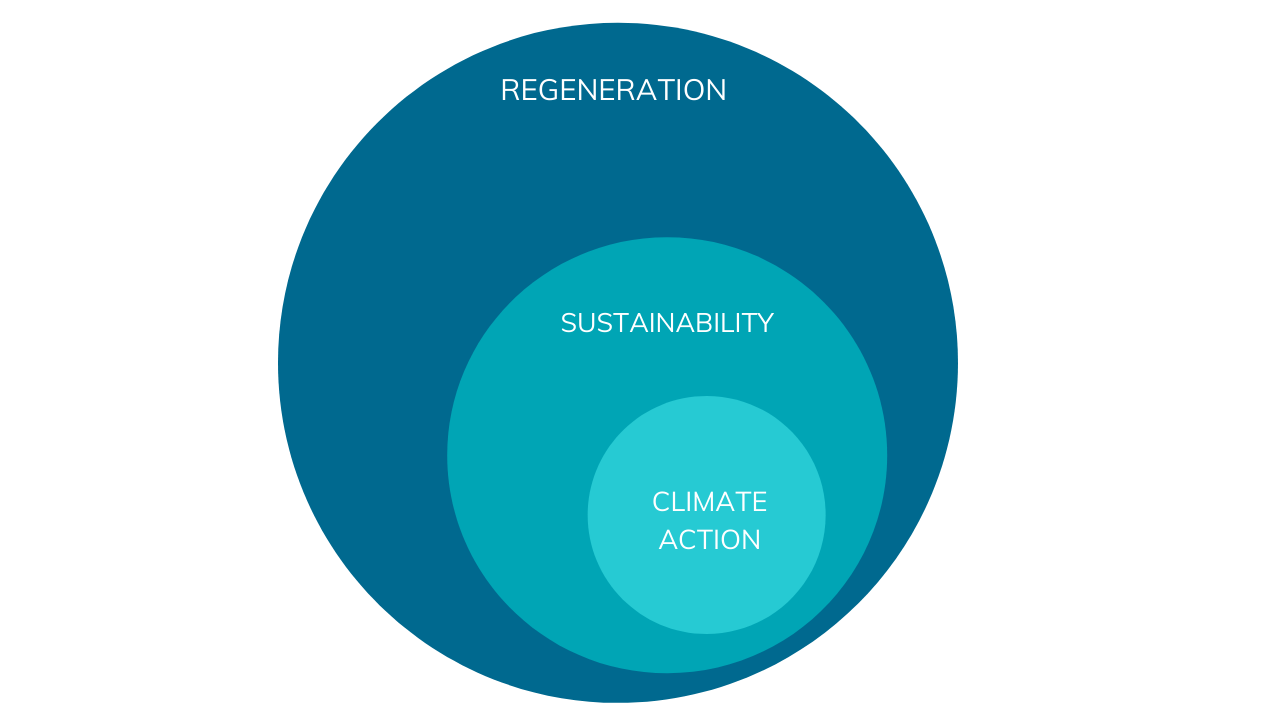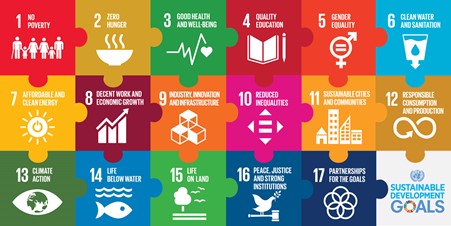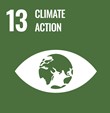
Sustainability, climate change, regeneration - what's the difference?
The language of sustainability is evolving. Now that the topic is newly mainstreamed, the everyday language attached to it is developing and expanding. Somebody said to me recently that it’s a bit like the pandemic lexicon – lots of vocabulary that I didn’t even know a couple of years ago now showing up in my day-to-day life all the time!
It is certainly helpful to get one’s head around the different terminology and what it means (something which has always been a challenge in the field of ‘sustainability’).
This article looks at 3 of the ‘big-picture’ terms that we are hearing a lot and seeks to share what their differences are and how they relate to each other. Let’s start with the biggie, one of the most evasive terms in the English language (in my humble view): ‘sustainability’.
SUSTAINABILITY
We used to have the luxury (or burden) of defining ‘sustainability’ for ourselves. It was pretty 'a-la-carte' – covering a multitude but, depending how you chose to interpret it, you could get away with it meaning nothing meaningful at all. In tourism in recent years, it became loosely defined as ‘doing more good and doing less harm’.
What ‘sustainability’ means for the world has in fact been defined though. More than that, it has been agreed by the heads of 193 countries!
The Sustainable Development Goals and Agenda 2030
As far back as 2015, world leaders from 193 countries came together to agree a global framework for Sustainable Development. The framework is make up of 17 goals. Each goal has a set of targets attached to it and there are 169 targets in total. Collectively, they are called the Sustainable Development Goals (SDGs).
The goals are interlinked and they apply to all countries. They are intended to be achieved by 2030, and the UN Agreement that supports the goals is commonly referred to as Agenda 2030. You may well have noticed this graphic or variations of it popping up around the place.
With 17 goals, the definition of ‘sustainability’ is a very broad one. While it would be nice to have a short, handy definition, the SDGs recognize that ‘sustainability’ has many aspects and so the definition is multi-faceted. It includes areas such as climate action and responsible consumption (traditionally very closely aligned with the term ‘sustainability’) but also areas such as equality, poverty, education, health and the economy.
In a nutshell, the SDGs are about the need to work together on a global level to end poverty, protect the planet and ensure all people enjoy peace and prosperity (UN).
So if you hear talk of SDGs, Global Goals, The Goals or Agenda 2030 you know that it relates to the 17 Sustainable Development Goals that you see here.
Have you seen our Making A Difference Statement?
CLIMATE ACTION
Climate Action is part of Agenda 2030 and, surprising to many, is just one of the 17 Global Goals (Goal 13). That provides a bit of context!
That said, the Climate Action Goal is a primary priority for governments and policy makers in every country and in every sector right now. We are already seeing rapid changes in legislation and technology that will swiftly impact the way we live our lives and do business.
Goal 13 calls on all countries to take urgent action to combat climate change and its impacts. To address this, 196 countries adopted the Paris Agreement in 2015 to limit global temperature rise. The Global Goal is to limit global temperature rise to 1.5 degrees Celsius. For now, this primarily means reducing greenhouse gas emissions (from carbon dioxide, methane, nitrous oxide and ozone).
Many governments have committing to cutting their emissions in half by 2030 and to achieving net zero emissions by no later than 2050.
As the name suggests, Climate Action is all about action! In fact, taking climate action is a very specific and measurable activity. There are 4 stages:
- taking stock and establishing what your carbon footprint is now
- setting targets for reduction
- taking action to meet those targets
- measuring and monitoring your progress.
People often get overwhelmed on this topic, finding it hard to know where to start. There is a clear set of priority areas though and the top climate action categories are:
- Managing energy more efficiently
- Switching to renewable energy
- Managing all waste better
- Conserving water
- Switching to renewable options for transport
- Making your building more energy efficient
- Sourcing locally
Numbers 1 and 2 are by far the most impactful in reducing emissions and so are the primary priority of any business or destination seeking to take climate action.
Within this area, you’ll hear a lot of other concepts and terminology as well:
if you’re hearing about going green, decarbonization, reducing emissions, reducing your carbon footprint, the Paris Agreement or scopes 1, 2 and 3, you know it’s about this one aspect of sustainability: taking specific measurable actions that reduce greenhouse gas emissions.
REGENERATION
The pandemic has surfaced the word ‘regeneration’ and it’s very much part of the ‘building back better’ narrative of tourism right now. If you thought ‘sustainability’ was an evasive concept, you’ll find that ‘regeneration’ trumps it!
How to define it is the subject of much discussion and debate. There are those who are judged to be dumbing it down and others who are judged to be making it overly academic, and then many in between. It’s a brave person that would attempt to define it! Here we share how it is different and some of the key principles behind it.
The first is that it’s not the same as ‘sustainability’ or just a pandemic-induced version of sustainability. There are many people who were advocating regenerative tourism long before the pandemic became part of our lives.
Regenerative Tourism questions the very purpose of tourism. It challenges us to think about tourism from a completely different set of eyes, with a different world view.
In short, it’s a way of framing tourism development that puts community and place at the centre of tourism. It therefore flips the traditional model where tourism is ‘done’ to communities and follows the natural principle that regeneration doesn’t happen from the top down but from the roots up.
Article: Uncovering the purpose of tourism and how we measure it
It’s about ensuing that the visitor economy delivers a net positive benefit for communities, the environment and the destination, and in this way, leads to richer, more connected experiences for visitors.
Regenerative Tourism is not satisfied with the ‘business-as-usual’ model which classifies tourism as an economic activity whose primary purpose is to grow the number of visitors into destinations. For these reasons, it is sometimes perceived as ‘anti-growth’. Anna Pollock, a leading advocate of Regenerative Tourism, would not agree and offers that Regenerative Tourism “asks that we grow the things that matter the most to us in ways that benefit the entire system and never at the expense of others.”.
Regenerative Tourism fundamentally defines growth and success differently and advocates that the purpose of tourism is to create conditions where communities and destinations thrive and flourish. In short, it presents a new way of organising, managing, and 'doing' tourism.
So if you’re hearing terms like net benefit, systems thinking, living systems, thriving communities, flourishing places, holistic and interconnected, you can be sure the discussion is around regenerative tourism.
HOW DO THEY FIT TOGETHER?
There are many nuances to what each of these terms mean and how they fit together. As a simple representation, however, this graphic goes some way to explaining the relationship. Climate Action is a part of Sustainability along with many other elements and Sustainability in turn is a part of Regeneration along with many other elements.

Tina O'Dwyer
Tina is an expert and mentor in sustainable tourism with an abundance of experience. She recently gave a TEDx Talk in Galway titled 'Tourism on the Line' where she explored the current shift taking place in tourism from a Numbers Paradigm to a Place Paradigm. You can watch it here.



